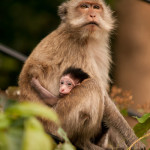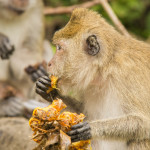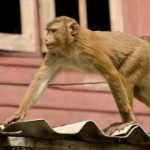Lesser False Vampire Bat (Megaderma spasma)
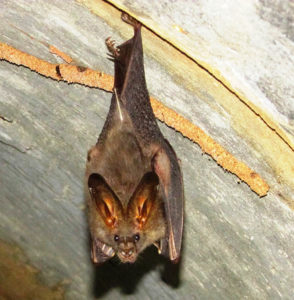
Image Copyright Paul Dunn
Observed: Koh Chang, December 2016
Observed By: Paul Dunn
The lesser false vampire bat (Megaderma spasma) is a bat found in South Asia and Southeast Asia from Sri Lanka and India in the west to Indonesia and the Philippines in the east. They live in caves and tree hollows. They are insectivorous.
The lesser false vampire bat has a wingspan of up to 30 centimetres (12 in) and have a head-and-body length of around 10 centimetres (3.9 in). Their forearms are normally around 7 centimetres (2.8 in).
The lesser false vampire bat has yellowish veins through the wing, and when the wings are spread with light behind, they are given a prominent yellow/orange tinge. Their body colour ranges from grey-brown to blue-brown. Lesser false vampire bats live in rock crevices, caves, foliage and hollow trees, depending on availability, as well as hanging and sleeping on trees in general.(bush-crickets or katydids) found in China, Japan, Nepal, India, Thailand, Singapore and Indonesia.
Lesser False Vampire Bat Wikipedia
Common Bottlenose Dolphin (Globicephala macrorhynchus)
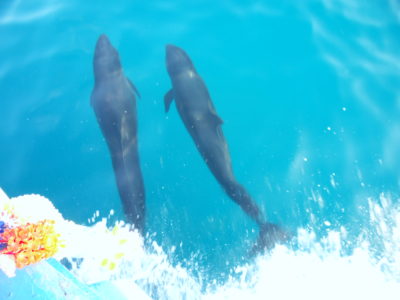
Image Copyright Cyril Boudon
Observed: Koh Chang, 2010
Observed By: Cyril Boudon
The common bottlenose dolphin is one of the most common worldwide species of dolphin with a habitat covering temperate and tropical oceans worldwide.
Thankfully they aren’t considered a threatened species globally – but they certainly are here in teh gulf of Thailand. Sightings around Koh Chang are very rare (you’ll notice these images date back to 2010).
However dead dolphins often wash up on local beaches. The principal cause of death is drowning when they are caught up in fishing nets and are unable to surface to breathe. there are supposed to be strict fishing restrictions within the waters of the Koh Chang Marine National Park. And outside these waters Thailand faces significant challenges to tackle illegal and unsustainable fishing. Sadly these dolphins are often the victims of these fishing practises.
Which is a shame because they are marvellous creatures; highly intelligent group-dwelling mammals with language and extremely complex social interaction. Their brains are bigger than ours, which explains a lot.
Common Bottlenose Dolphin Wikipedia
Image Copyright Cyril Boudon
Image Copyright Cyril Boudon
Image Copyright Cyril Boudon
Image Copyright Cyril Boudon
Other Koh Chang Mammals
Thanks everyone – the animals just keep on coming. There’s 165 individual animal pages on the site now and maybe another 50-70 waiting for me to get around to putting on. It’ll happen but please bear with me if your beast hasn’t appeared yet – it will! Doing this whole exercise just reinforces what a […]
Right, we’re making good progress! Most of our animal backlog has now been cleared and we now have 82 different Koh Chang animal species on the site. Also, importantly, we’ve added a page with lots of animal identification sites and resources. We particularly need some undersea assistance so all you divers please get snapping and […]
Greater Short-Nosed Fruit Bat (Cynopterus sphinx)
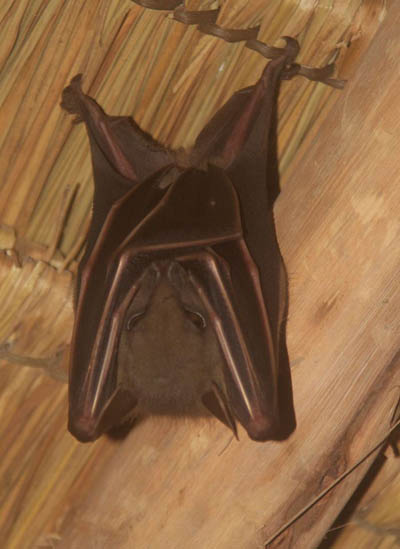
Image Copyright Nicj Bonnedahl
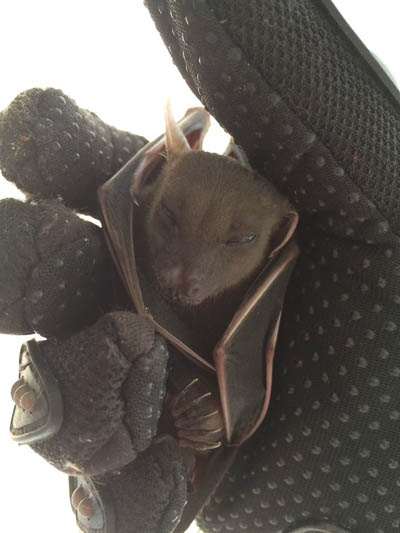
Image Copyright Volker Kopetsky
Observed: Koh Chang, January 2016
Observed By: Nick Bonnedahl, Volker Kopetsky
The greater short-nosed fruit bat is a megabat (that’s a fruit bat to you and I) in the family Pteropodidae that is native to South and Southeast Asia.
The aduly wingspan extends up to 48cm and they have very fine and silky fur.
They are common in tropical forests but are also found in grasslands and mangrove forests.
They feed on fruit and differ from many bat species in that they locate food primarily by scent.
Greater Short-Nosed Fruit Bat Wikipedia
Finlayson’s Squirrel (Calliosciurus finlaysonii)
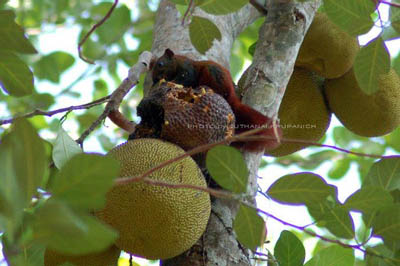
Image Copyright Suthanai Krupanitch
Observed: Koh Chang, March 2016
Observed By: Suthanai Krupanitch
Finlayson’s squirrel is a species of rodent that is found only in Thailand, Cambodia, Burma, Laos and Vietnam.
The squirrel has 16 subspecies that vary wildly in colour but are all part of the same species – as you can see the ones found on Koh Chang are a deep orangey black in colour.
They are arboreal (tree-dwelling) animals and feed primarily on fruit and nuts.
Finlayson’s Squirrel Wikipedia
Domestic Dog (Canis Familiaris)
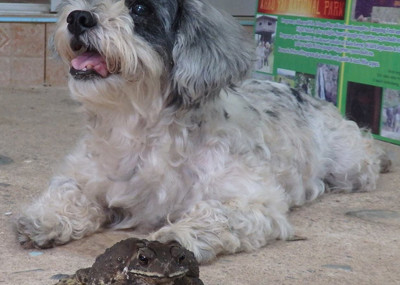
Image Copyright Jean-Pierre Odet
Observed: Koh Chang, April 2016
Observed By: Jean-Pierre Odet, Everyone!
Koh C
hang has a large population of man’s best friend. Sadly man isn’t always the best friend he could be to Koh Chang’s dogs and many live wild and uncared for. These “wild” dogs, as well as having pretty sad lives, have an effect on local native wildlife populations, although by and large they are more scavengers than hunters.
In case of any uncertainty the dog is the animal in the background of the picture.
Why are there so many uncared for dogs on Koh Chang? There’s very little desire from many dog owners to de-sex their pets so unwanted litters are often born and left to fend for themselves. Disease is rife and rabies exists in Thailand remember so approach any wild dogs with care.
Thankfully there are some people on the island making efforts to improve the lives of these unwanted pets. Find out more below and feel free to volunteer resouces and help.
Koh Chang Animal Project (Foundation)
Happy Dogs Koh Chang
Dog Wikipedia
Cat (Felis catus)
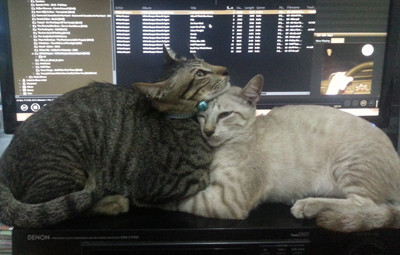
Image: Dave Hinchliffe
Observed: Koh Chang, April 2016
Observed By: Dave Hinchliffe, Everyone!
So obviously there’s loads and loads of cats on Koh Chang. They are the world’s most popular pet and live everywhere where there are people.
However all cats retain a large part of their wild cat roots – even those two pictured – and any cat that doesn’t have extensive exposure to humans in their first eight weeks will become feral and seek to avoid people.
they are accomplished hunters despite their scrounging expertise and are more than capable of fending for themselves. Feral and domestic cats have become a significant predator in Koh Chang, feeding on lizards, snakes, birds and small mammals. It is interesting to speculate whether they are responsible for threatening the survival of any indiginous species. Probably, although even the wild cats seem to prefer to scavenge on the margins of human development rather than deep in the junge where plenty of things will be more than happy to feed on them.
Cat Wikipedia
Silvery Langur (Trachypithecus cristatus)
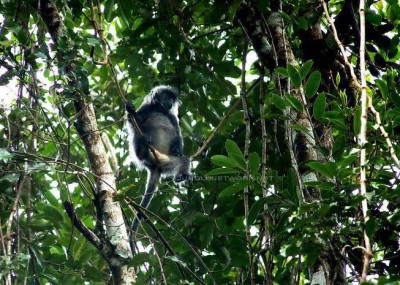
Image Copyright Suthanai Krupanich
Last Observed: Koh Chang, January 2016
Observed By: Suthanai Krupanich
The silvery langur is an arboreal (tree dwelling) primate native to Peninsular Malaysia, Sumatra and Bornea (according to Wikipedia), and Koh Chang (as this photo shows).
It is also known as the silvery lutung or the silvered leaf monkey.
It’s coat is dark brown or black with distinctive silvery grey tips. It is a herbivore and has a unique three-chambered stomach that allows it to digest the cellulose in its diet in a similar way to the four chambered stomach of cows. In fact pretty much all it eats is leaves and it has specialised to inhabit the middle canopy of forests, leaving the upper layers to fruit eating primates.
The silvery langur is not yet endangered but you will be very lucky to spot one on Koh Chang. Unlike it’s enterprising cousin the crab-eating macaque it stays deep in the protection of the jungle.
Silvery Langur Wikipedia
Asian Palm Civet (Paradoxorus hermaphroditus)
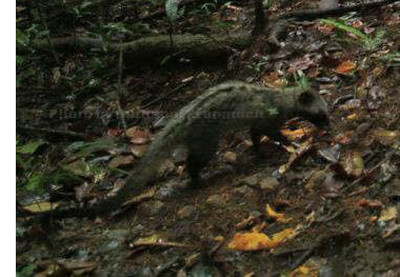
Image Copyright Suthanai Krupanich
Last Observed: Koh Chang, December 2015
Observed By: Suthanai Krupanich
The Asian palm civet is a relatively common nocturnal mammal native to Koh Chang and Southeast Asia. It inhabits a wide range of habitats and lives both in trees and on the ground so is ideally suited to koh Chang’s jungle.
Kopi Luwak
You won’t believe this. Kopi Luwak (known as Chamot in Thai) is a type of coffee prized apparently for it’s great flavour. It is made from coffee beans that have passed through the digestive system of the Asian Palm Civet. Kopi luwak is presumably Indonesian for mammal-crap coffee. You would think that pre-eaten coffee would not be a thing, but you’d be wrong. This stuff costs a fortune. And of course this has created an illegal trade in captured Asian palm civets being force-fed coffee. Good grief. Tea is nice. drink tea.
Asian Palm Civet Wikipedia
Crab-Eating Macaque (Macaca fascicularis)
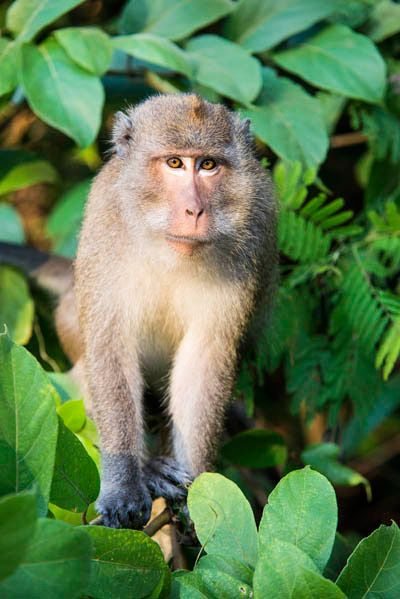 Observed: Koh Chang, December 2015
Observed: Koh Chang, December 2015
Observed By: Jonathan Milnes, David Vinot, Everyone!
You can’t miss Koh Chang’s macaque monkeys, they seem to be everywhere. But this didn’t used to be the case. There are two possible reasons for this. Firstly they might have been hunted for food back in the days before National Park protection. Secondly these monkeys are a species that is an opportunitsic hunter and scavenger that adapts very well to living off the waste that comes with human development. So whilst it is a species that is native to Koh Chang’s environment numbers have grown rapidly around the tourist centres of Koh Chang as the source of food around here is abundant.
This species of Macaque, also known as the Long-tailed Mazaque for obvious reasons, is plentiful and not at all threatened precisely because of this affinity with human environments. In fact they can be something of a pest and you most definitely shouldn’t feed them. Here’s why;
– Crab-eating Macaques are quite at home on Koh Chang and have no problem acquiring their own food
– Monkeys are wild animals, not pets
– They bite
– They can also carry rabies and other deadly diseases
– They are often run over by cars
– The Jungle Book was a Disney cartoon not a documentary
So be very careful around these Monkeys, enjoy watching them but keep your distance. Imagine there was a wild tiger standing next to you, or an angry King Cobra, or a pack of rats. Or all three.
Crab-Eating Macaque Elephant Wikipedia
Image Copyright Jonathan Milnes
Image Copyright Jonathan Milnes
Image Copyright Floris Hermans
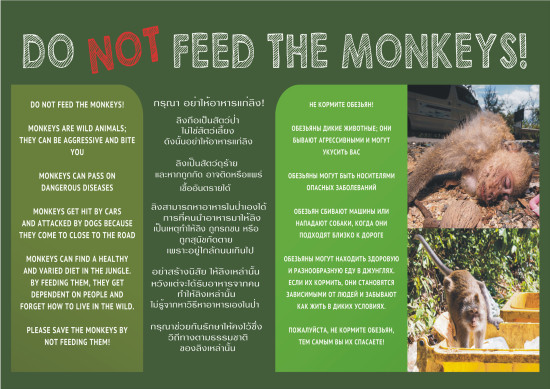
Pilot Whale (Globicephala macrorhynchus)
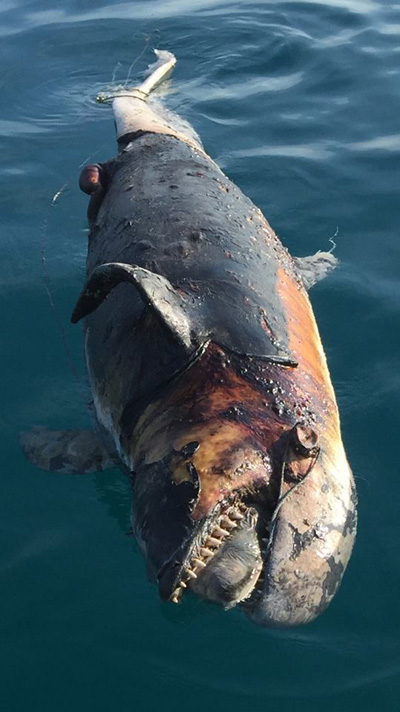
Image Copyright Stanley van Broekhuizen
Observed: Koh Chang, December 2015
Observed By: Stanley van Broekhuizen
It would be nice to pretend that Koh Chang is a happy natural environment that isn’t affected by the actions of man. But that isn’t true and one of the purposes of this website is to draw attention to the local species that are most threatend.
Sadly dead pilot whales, like the one pictured, and also dolphins wash up on the shores of Koh Chang on a regular basis.
The principal cause of death is drowning when they are caught up in fishing nets and unable to surface to breathe. there are supposed to be strict fishing restrictions within the waters of the Koh Chang Marine National Park. And outside these waters Thailand faces significant challenges to tackle illegal and unsustainable fishing. And sadly these large members of the dolphin family are the victims of these fishing practises.
Pilot Whale Wikipedia
Other Koh Chang Mammals
Thanks everyone – the animals just keep on coming. There’s 165 individual animal pages on the site now and maybe another 50-70 waiting for me to get around to putting on. It’ll happen but please bear with me if your beast hasn’t appeared yet – it will! Doing this whole exercise just reinforces what a […]
Right, we’re making good progress! Most of our animal backlog has now been cleared and we now have 82 different Koh Chang animal species on the site. Also, importantly, we’ve added a page with lots of animal identification sites and resources. We particularly need some undersea assistance so all you divers please get snapping and […]



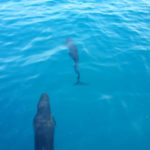
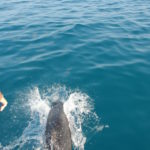
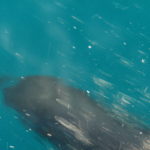
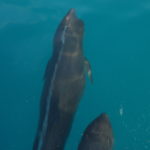
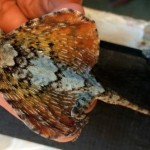
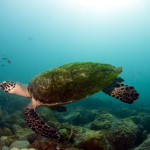







 Observed: Koh Chang, December 2015
Observed: Koh Chang, December 2015